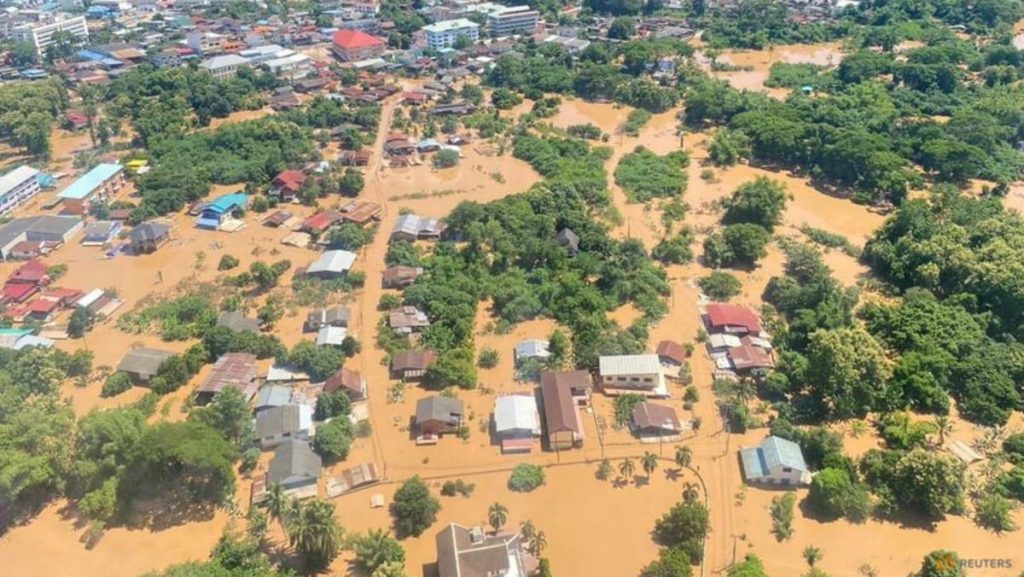Flash floods and mudslides brought on by monsoon rains in Thailand have resulted in the deaths of 22 people and injuries to 19 others. This natural disaster has affected approximately 30,000 households across the country, posing a significant threat to residents. Among those who lost their lives were a Russian couple and nine migrant workers from Myanmar who were killed in a mudslide on the southern island of Phuket, an area particularly hard hit by the heavy rainfall that lashed a dozen provinces in recent days.
To address the urgent needs of those affected by the flooding, Prime Minister Paetongtarn Shinawatra personally distributed food supplies during visits to the northern province of Nan. This hands-on approach from the government demonstrates a commitment to providing relief and support to communities grappling with the aftermath of the disaster. Additionally, efforts to rescue workers trapped in a collapsed tunnel at a Thai-China railway construction site in Nakhon Ratchasima are underway, highlighting the ongoing dangers posed by the inclement weather conditions in various parts of the country.
Despite the tremendous rescue and relief efforts being made, severe flooding continues to impact five northern provinces, including Chiang Rai, Sukhothai, and Prae. The risk of waters rising near the Chao Phraya River, which flows through Bangkok, remains a concern, although current water levels are under control. The situation in these areas highlights the need for ongoing monitoring and preparedness to ensure the safety and well-being of residents living in high-risk zones.
The devastating impact of the monsoon rains underscores the vulnerability of communities in Thailand to seasonal weather patterns and the importance of disaster preparedness and response measures. The loss of life and destruction caused by flash floods and mudslides serve as a stark reminder of the need for proactive measures to mitigate the risks associated with such natural disasters. By prioritizing public safety and investing in infrastructure projects that can withstand extreme weather conditions, the government can help reduce the impact of future calamities on vulnerable populations.
In light of the ongoing threat posed by the monsoon rains, authorities are urging residents in at-risk areas to remain vigilant and take necessary precautions to protect themselves and their property. By staying informed about weather alerts and following safety guidelines, individuals can minimize the risks associated with flooding and mudslides. Additionally, continued coordination between government agencies, emergency responders, and local communities is crucial to effectively managing the aftermath of the disaster and providing support to those in need.
As Thailand grapples with the aftermath of the devastating floods, the resilience and solidarity of its people are being put to the test. By working together to address the immediate needs of affected communities and implement long-term solutions to prevent similar disasters in the future, the country can begin to rebuild and recover from the recent tragedy. Through collective efforts and a sustained commitment to disaster risk reduction and preparedness, Thailand can emerge stronger and more resilient in the face of future challenges posed by extreme weather events.


